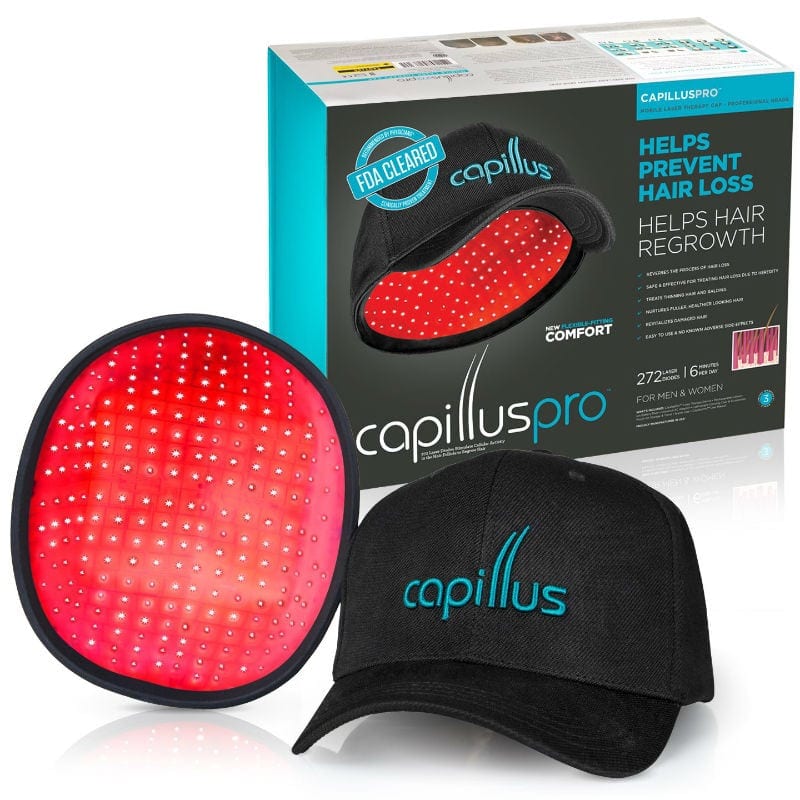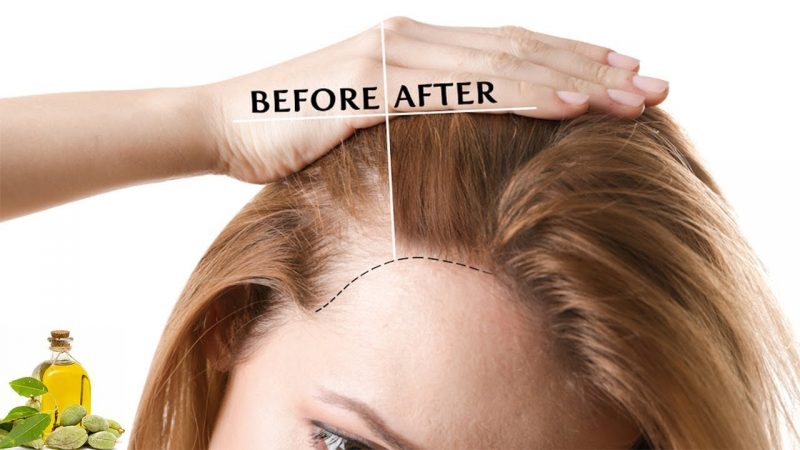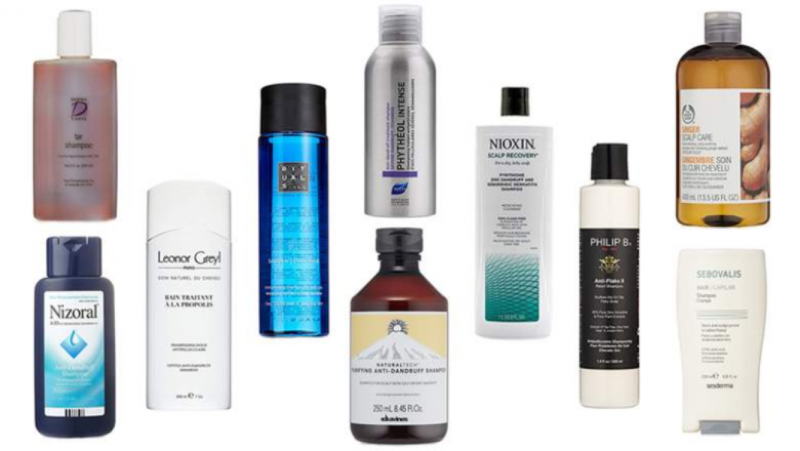Hair and skin dryness is a common problem that occurs due to several factors that include:- an underlying medical condition, environment factors, hormonal imbalance, deficiency in some vitamins, the products you use on both your hair and skin or lack of proper hygiene.
Another factor that leads to dryness of hair and skin could be the absence of a certain gland that secretes oil to keep them soft and moist, which is what we are discussing in this article. So which glands secrete an oily product that softens skin and hair? The glands that help to keep hair and skin soft are sebaceous glands, and they secrete an oily substance by the name sebum.
You are reading: Which Human Glands Secrete An Oily Product That Softens The Skin And Hair?
 What Are Sebaceous Glands?
What Are Sebaceous Glands?
Also called oil glands, sebaceous glands are the oil-producing glands found all over the body apart from on the hand palms and soles of the feet. Sebaceous glands appear in abundance on the scalp and face. For each square inch, sebaceous glands can be anything from 2,500 to 6,000.
Location of the glands on the skin is the dermis, the middle layer lying in between the epidermis and the subcutaneous layer. The main work of the sebaceous glands is to discharge sebum, an oily product responsible for providing the skin and hair with moisture that keeps them soft and healthy.
Read more : 12 Best Hair Vitamins & Supplement for Hair Growth
Sebaceous glands develop from hair follicles epithelial cells that make the hair follicles external root sheath. The glands then secrete sebum through the pilosebaceous canal, which is part of infundibulum, a hair follicle.
What Is Sebum?
 Sebaceous glands secrete natural rich oils by the name sebum. The oils are rich in cellular debris, and cholesterol, squalene, wax esters, and triglycerides, which are all fats responsible for keeping providing nourishment, and moisture to the skin and hair.
Sebaceous glands secrete natural rich oils by the name sebum. The oils are rich in cellular debris, and cholesterol, squalene, wax esters, and triglycerides, which are all fats responsible for keeping providing nourishment, and moisture to the skin and hair.
Even though sebum helps to moisturize skin and hair, too much or too little of it produces negatives effects. Too much of sebum is as a result of overactive sebaceous glands while too low of it is because of underactive glands.
Read next: How to Get Platinum Blonde Hair from Golden Blonde
Functions of Sebaceous Glands and Sebum
- Sebaceous glands work alongside sweat glands to regulate body temperature.
- The glands are also responsible for making acids that form a protective acid mantle on top of the skin. The thin acid protective layer has an acidic pH of between 4.2 and 6.2 that keeps off alkaline foreign substances from penetrating the skin.
- Sebum contains a rich composition of fatty oils that help to prevent fungi, bacteria, and microbes from entering into the deep layers of the skin and hair follicles. Sebum also helps to prevent the loss of water to keep the skin hydrated, moisturized, and lubricated at all times.
- Sebum helps with the growth of certain bacteria on the skin. It also contains special chemicals that kill destructive bacteria. Sebum also creates a strong barrier on top of the skin that prevents the penetration of bacteria.
- Sebum also ensures that hair does not become dry and brittle by conditioning it.
Skin Conditions Related To Sebaceous Glands
- Acne, pimples-During puberty, hormonal changes cause the sebaceous glands to produce a lot of sebum which leads to the clogging of the pores and skin ducts when this happens, whiteheads form. If the whiteheads dry and oxidize, they become darker, leading to the formation of blackheads. Infected sebaceous glands later lead to the appearance of acne vulgaris, pimples, and other skin issues.
- Seborrheic Dermatitis– that causes scalp dandruff, and skin flakiness, itchy rashes, and redness
- Phymatous Rosacea-recognized by irregularities on the ears, eyelids, nose, and chin, due to overgrowth of sebaceous glands.
- Nevus Sebaceous-is a condition that can turn cancerous if left untreated, even though it is benign. The sign appears in the form of a birthmark on the neck of the scalp or face.
- Rosacea:Shows by the appearance of inflammatory skin conditions that show visible blood vessels and redness on the skin.
- Sebaceous Carcinoma:Are a life-threatening rare skin problem and a type of cancer that starts at the sebaceous glands.
How to Increase Sebum Production

- Make sure you drink lots of water daily and eat diets rich in ingredients that help to keep the skin hydrated such as omega 3 fatty acids.
- Do not use skincare products with harsh chemicals, dyes, alcohol, acids, and fragrances that dry the skin.
- Do not use very hot water on both the skin and scalp to avoid stripping sebum off.
- Use quality moisturizers for hair and skin to lock in the moisture and repair the natural barrier of the skin.
Read next: Best Shampoo For Oily Hair
Wrapping It Up
Even though too much or too little of sebum on your skin and scalp lead to dryness of the skin and brittleness of the hair, having just enough is beneficial as it keeps the most important parts of your body soft and supple.
Quality skin and hair care products such as cleansers, serums, and moisturizers help in regulating the amount of serum your skin and hair need to stay soft, hydrated, and lubricated.
Source: https://cosmeticnews.com
Category: Hair Care

 What Are Sebaceous Glands?
What Are Sebaceous Glands?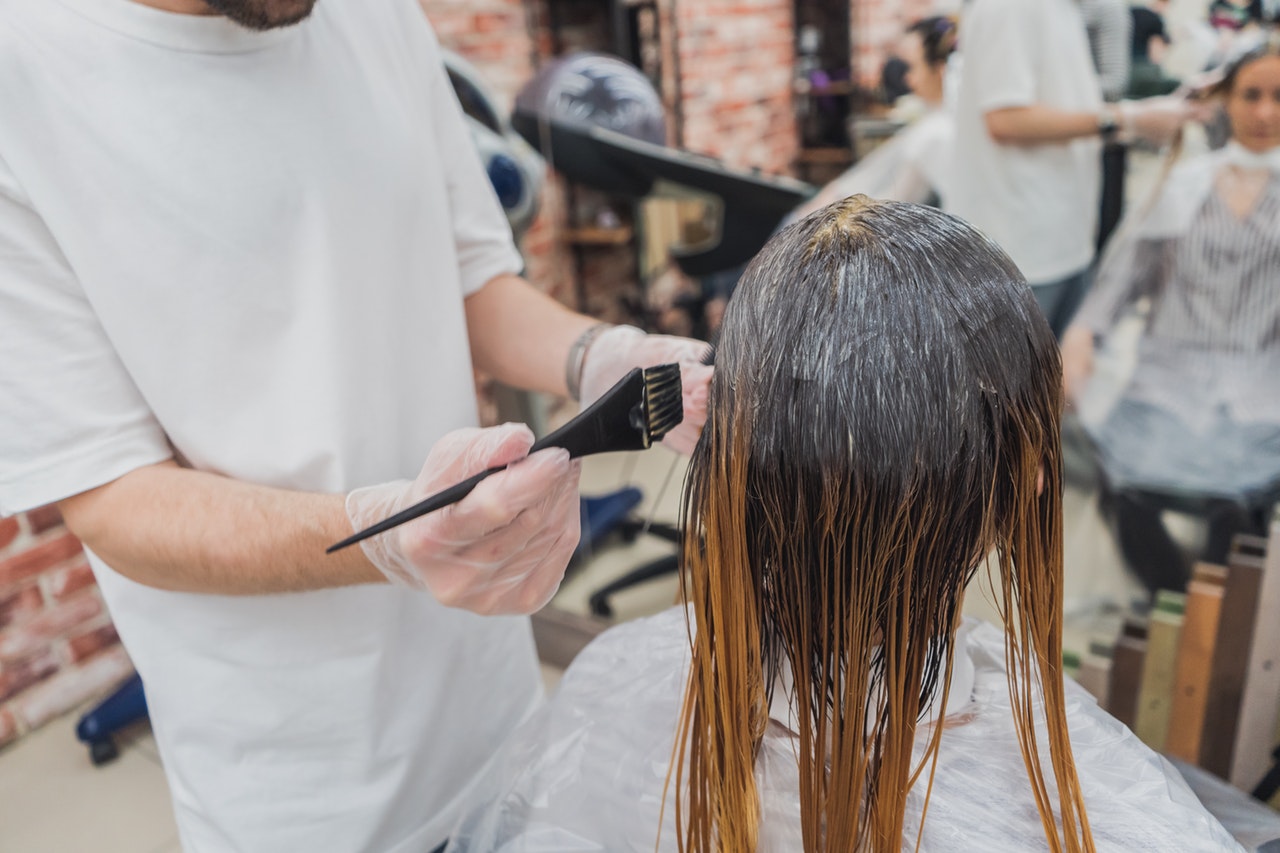




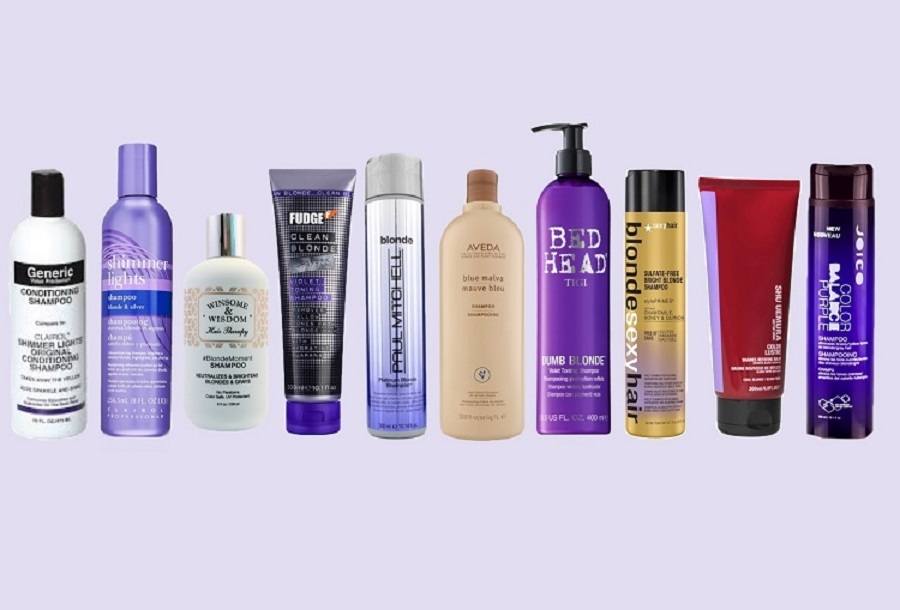

![10 Best Shampoo For Dry Itchy Scalp [2021 Reviews]](https://cosmeticnews.com/wp-content/uploads/2018/01/Best-Shampoos-For-Dry-Scalp.jpeg)

